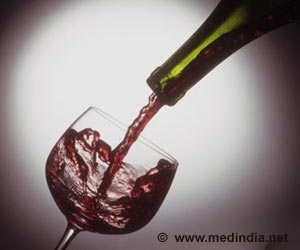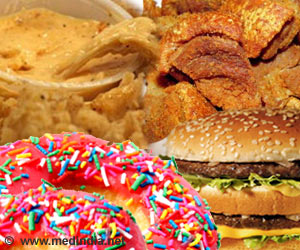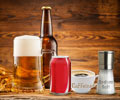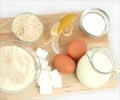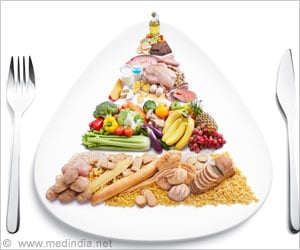Resveratrol in red wine could help counteract the negative impact of high fat/high sugar diets,finds new study.

For the current study, J.P. Hyatt, associate professor at Georgetown University and his team of researchers fed a control group of rhesus monkeys a healthy diet and another group a high fat/high sugar diet, half of which also received a resveratrol supplement and half of which did not.
Three types of muscles were examined: a "slow" muscle, a "fast" muscle and a "mixed" muscle. The study showed that each muscle responded differently to the diet and to the addition of resveratrol.
The soleus muscle, a large muscle spanning from the knee to the heel, is considered a "slow" muscle used extensively in standing and walking.
Of the three lower hind leg muscles analysed for this study, the soleus was the most effected by the high fat/high sugar diet and also most effected by the resveratrol supplements. This may be partially due to the fact that, on a daily basis, it is used much more than the other two muscles.
The plantaris muscle, a 5-10 cm long muscle along the back of the calf, did not have a negative response to the high fat/high sugar diet, but it did have a positive response to the addition of resveratrol. The third muscle was not affected by the diet or addition of resveratrol.
Advertisement
Advertisement


